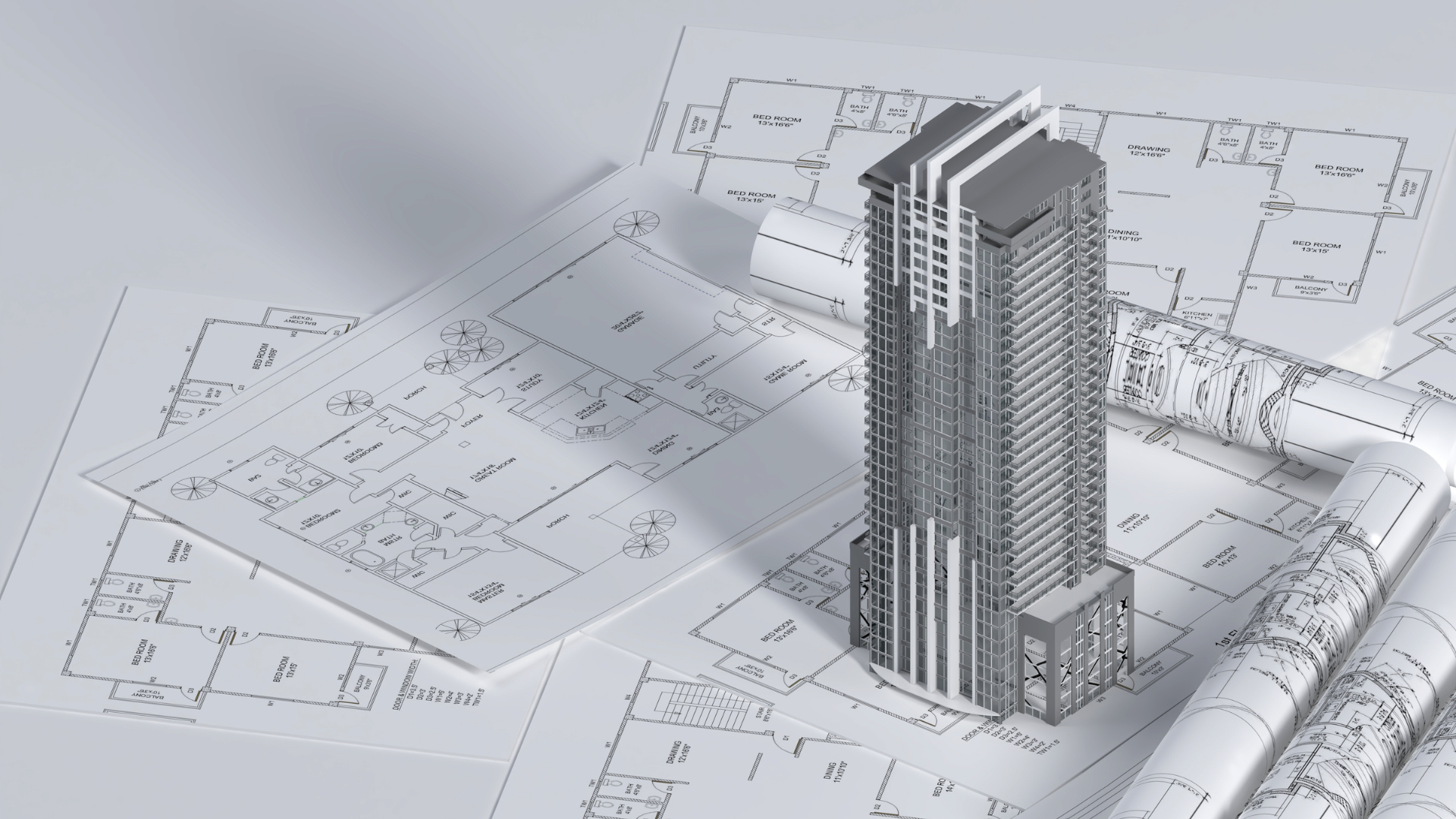The construction industry is changing rapidly due to many reasons. In Southeast Asia, cities are growing, and new buildings are rising every day. But with growth comes challenges, projects take longer, costs go up, and maintaining buildings is difficult.
What if there was a way to design, build, and manage buildings more efficiently? This is where Building Information Modelling (BIM) comes in. BIM is transforming how buildings are planned, constructed, and maintained.
Let’s explore what BIM is, why it matters, and how companies in Indonesia, Thailand, Singapore, and Malaysia can benefit.
What is BIM in construction?
BIM is a digital way of creating and managing building projects. It uses 3D models that contain not only designs but also details about materials, costs, timelines, and maintenance needs.
With BIM, different teams, architects, engineers, contractors, and building managers can work together on one shared digital model. This reduces errors, saves time, and improves efficiency.
In simple terms, BIM helps the construction and operations industry move from traditional 2D drawings to smart, data-driven digital models. The key words is, working collaboratively on a single platform.
Read more here on how to leverage BIM for facilities management industry in Malaysia.
Why does BIM matter?
- Faster and Cheaper Construction
In Southeast Asia, construction delays and cost overruns are common. BIM helps teams detect problems early, avoiding expensive mistakes. This means projects can be completed on time and within budget. - Better Collaboration
Many construction projects involve multiple stakeholders, from government agencies to private contractors. BIM improves teamwork by keeping everyone updated on the latest changes, reducing confusion and rework. - Smarter Building Maintenance
BIM is not just for construction. It helps in managing buildings after they are built. Facility managers can use BIM to track equipment lifespan, plan maintenance schedules, and reduce unexpected breakdowns. - Sustainability and Green Buildings
Cities like Singapore and Kuala Lumpur are focusing on eco-friendly buildings. BIM helps builders choose energy-efficient materials and plan for reduced waste, supporting sustainability goals.
How can construction companies in Southeast Asia use BIM?
- Start Small, Then Scale Up
If your company is new to BIM, begin with small projects. Gradually train your teams and invest in BIM software that fits your business needs. - Get Government Support
Governments in Singapore, Indonesia, and Thailand are encouraging BIM adoption. Check for incentives, training programs, and regulations that support BIM implementation. - Use BIM for More Than Just Design
BIM is useful beyond construction, it improves facility management, safety planning, and energy efficiency. Companies should explore how BIM can reduce long-term costs and improve operations. - Partner with BIM Experts
BIM requires knowledge and experience. Collaborate with local BIM consultants who understand the industry standards and challenges in Southeast Asia.
Conclusion
BIM is reshaping the construction and building management industry by improving efficiency, reducing costs, and enabling smarter decision-making. In Southeast Asia, where rapid urban development presents both opportunities and challenges, BIM provides a solution to build faster, collaborate better, and maintain structures more effectively.
Companies that adopt BIM today will be better positioned to meet future demands and industry standards, creating a more sustainable and efficient built environment.
At Infinity Wave, we specialise in delivering advanced solutions like FOX, designed to revolutionise facility management. Whether you’re looking for the flexibility of a cloud-based system or the control of an on-premise solution, we can guide you toward the best fit for your business.
Learn how FOX can optimise your maintenance processes and improve operational efficiency. Explore our solutions to take your facility management to the next level.
